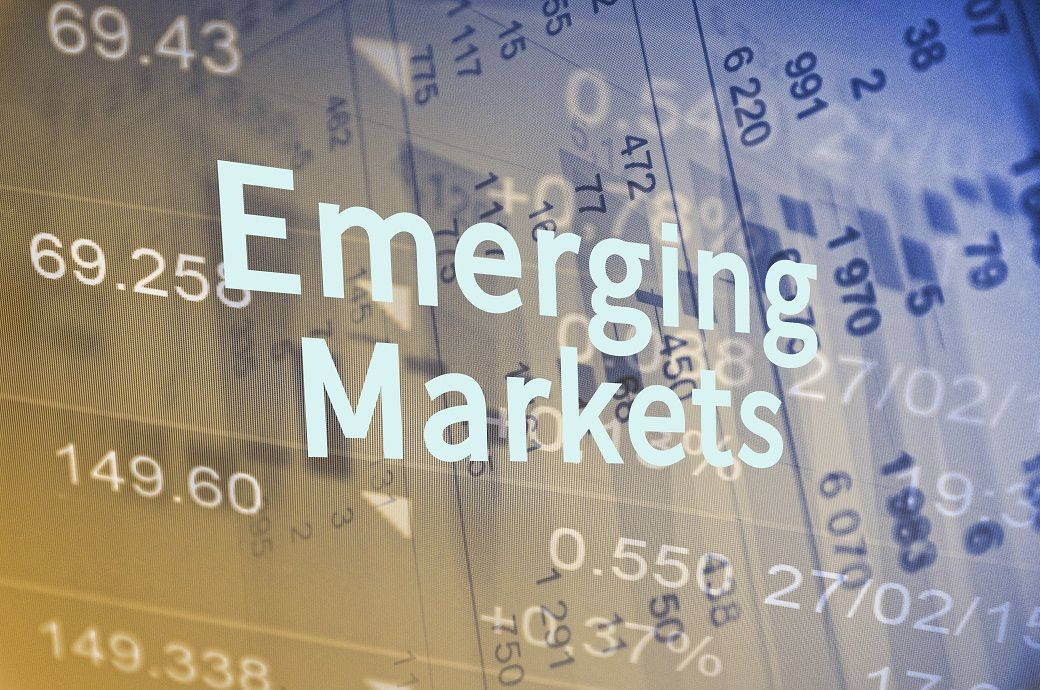
EM resilience stems from robust domestic demand and favourable financial conditions, supported by US dollar weakness and lower policy rates. Real GDP growth across EMs averaged 3.5 per cent in the first half (H1) of 2025, broadly in line with the pre-pandemic 10-year average, S&P said in its latest quarterly outlook titled, ‘Economic Outlook Emerging Markets Q4 2025: Tariff Impact Still Looms.’
S&P expects EM GDP (excluding China) to expand by 4.3 per cent in 2025, 10 basis points higher than its previous estimate. Egypt, Turkiye, and Mexico received the largest upward revisions, while Argentina faced the steepest downgrade.
Export growth was particularly strong in Asia, where several economies recorded double-digit increases in technology-related shipments. But with tariffs raised sharply in August, trade flows to the US are projected to slow.
In Latin America, Mexico’s 2025 GDP forecast was revised up to 0.5 per cent from 0, supported by stronger exports to the US, though weak domestic demand persists; growth of 1.4 per cent is expected in 2026.
The review of the United States-Mexico-Canada Agreement (USMCA), which is underway, is likely to include some changes, especially those related to rules of origin and content requirements. However, in its GDP growth projections, S&P assumed that regardless of the changes made to USMCA, Mexico maintains a strong trade an investment relationship with the US.
Argentina’s outlook was lowered to 4.7 per cent for 2025 due to soft Q2 activity and political uncertainty, with 3.0 per cent growth projected for 2026 but risks skewed downwards.
Brazil’s projections remain unchanged at 2.3 per cent in 2025 and 1.7 per cent in 2026, constrained by high interest rates.
Chile’s forecast was raised to 2.5 per cent in 2025, easing to 2.3 per cent in 2026 as demand normalises. Colombia is expected to grow 2.5 per cent in 2025 and 2.8 per cent in 2026, aided by consumption and remittances despite fiscal and inflationary pressures.
Peru’s growth was lifted slightly to 3 per cent in 2025, before moderating to 2.8 per cent in 2026, backed by investment, consumption, and infrastructure projects.
In emerging Europe, the Middle East and Africa (EMEA), forecasts were generally revised upwards after stronger Q2 growth, easing inflation, and improved financing conditions, though geopolitical tensions continue to weigh on risks.
Turkiye’s 2025 GDP projection was raised to 3.4 per cent from 2.6, supported by robust domestic demand and positive indicators, before moderating to 3.0 per cent in 2026 as reconstruction slows and monetary policy stays tight.
Egypt’s outlook was upgraded to 4.5 per cent for FY25–26 from 3.8, driven by exchange rate liberalisation, stronger manufacturing activity, and disinflation. Saudi Arabia’s forecast improved on the back of higher oil output and sustained non-oil growth, though a slowdown is expected as labour market reforms ease.
In South Africa, GDP growth is projected at 1.1 per cent in 2025 and 1.3 in 2026, unchanged despite stronger Q2 performance, with vulnerability to US tariffs partly offset by higher gold prices.
In Southeast Asia, growth in H1 2025 was slightly below trend, supported by strong electronics demand, accommodative monetary policy, and stable labour markets.
India’s forecasts remain unchanged at 6.5 per cent in 2025 and 6.7 per cent in 2026, underpinned by robust services and consumption gains from GST reforms, with limited exposure to US tariffs. Indonesia’s outlook is steady at 4.8 per cent for both years, with growth expected to stabilise as fiscal spending improves.
Malaysia is projected to sustain growth just above 4 per cent in 2025 and 2026, buoyed by electronics demand, resilient employment, and infrastructure projects.
The Philippines is forecast to expand by 5.6 per cent in 2025 and 5.8 per cent in 2026, an improvement on H1, though consumption and confidence remain soft. Vietnam’s 2025 projection was lifted to 6.3 per cent from 5.9 after strong export growth of 7.5 per cent in H1, though tariffs are expected to slow momentum in H2 and into 2026. Thailand’s forecast was cut to 2.3 per cent in 2025 from 2.5, reflecting competitive pressures on manufacturing from China and a cooling tourism sector.
S&P warned that a weakening US labour market, coupled with tariff-driven inflation, could reduce demand for EM exports and remittances. Political uncertainties, particularly in Argentina and other countries facing elections in 2025–26, also present downside risks, added the outlook.
ALCHEMPro News Desk (SG)
Receive daily prices and market insights straight to your inbox. Subscribe to AlchemPro Weekly!